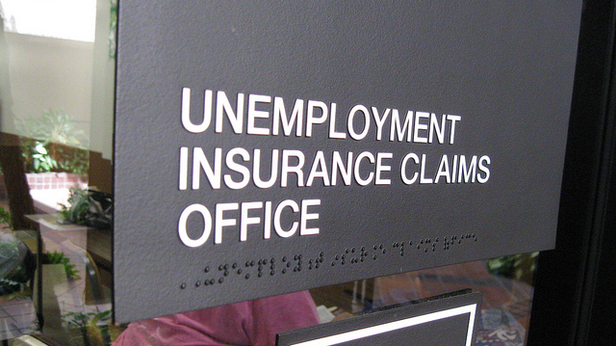
MacIver News Service | January 30, 2015
[Cambridge, Mass…] Temporarily extended unemployment benefits hindered job growth according to a new study released by the National Bureau of Economic Research (NBER) on Monday.The federal government created the Emergency Unemployment Compensation (EUC) program in June 2008 to offer additional financial assistance to individuals struggling to find work during the recession. This program originally extended normal unemployment benefits from an average of 26 weeks to a possible 53 weeks.
Additional extensions allowed individuals to receive unemployment checks for up to 99 months. The temporary program ended in December 2013, more than five years after the program was created.
Supporters of continuing the extension past 2013 argued that ending the government entitlement would place a financial burden on families. However, many members of Congress argued it was the continued extensions that kept individuals from finding a job.
According to data in the NBER study, the temporary extension led to higher unemployment. In fact, a majority of the job growth in 2014 was attributed to the ending of temporary benefits.
“In the aggregate, our estimates imply that [the end of EUC] accounted for about 61 percent of the aggregate employment growth in 2014,” the report reads.
Congressman Paul Ryan (R-Janesville), chairman of the powerful House Committee on Ways and Means, argued this report shows that bigger government only harms the economy.
“The data shows what we already know: More government spending won’t help people get back to work. This program spent a record high amount of money, issued a record high number of checks, and was extended a record high 12 times,” Ryan told the MacIver Institute in an email.
“There are better ways to help people get back to work, like fixing our broken tax code, opening up new markets for our exports, and reforming benefits so they help people go to work or get the skills they need to find jobs,” Ryan continued. “And that’s what I’m focused on right now.”
According to the Bureau of Labor Statistics, the national unemployment rate dropped from 6.7 percent when the program ended in December 2013 to 5.6 percent in December 2014.
The full study from the NBER can be found here.